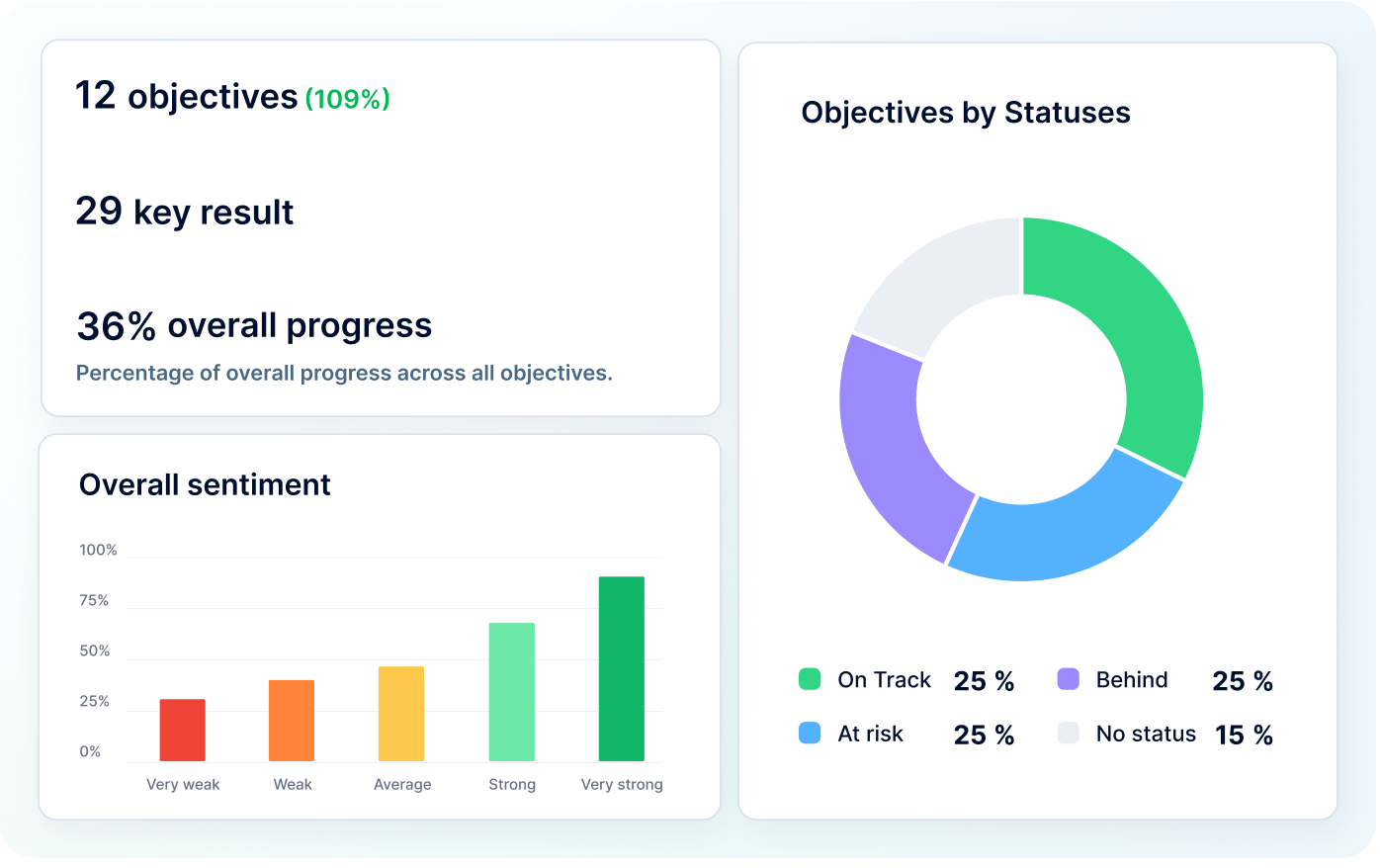
HR trends in 2019: 10 quick predictions
HR trends are changing with new technologies gaining the market. What will be the future of workforce and future of HR? Josh Bersin, international thought leader focusing on the global talent market and the challenges of business workforces, compiled 10 predictions for HR trends in 2019, so we've brought you quick summary of predictions by renowned expert.
1. HR Technology will be a challenge as many new tools hit the market
You’re going to be flooded with new tools and vendors this year. It’s time to partner with IT, set up an architecture group, and look at core systems as an infrastructure foundation, not total solutions. The average HR department will have the option to add many tools this year, so be ready to experiment and carefully select only what you need. According to Sierra-Cedar 2018-2019 HR Systems survey on average, companies have eight HR systems of record, and that number keeps rising. IT solutions are also keeping up with HR needs and with PeopleForce HR you can have one all-in-one HR system. Why keep eight systems, when you can have the one that's flexible and covers your needs and more?
2. Data, analytics, and AI are exciting, but ethics, trust, and governance are key.
After many years writing about the slow evolution of analytics in HR, it has now arrived in a big way. Every HR system you buy has an analytics system included, and you will have a vast amount of data from your Microsoft or other core systems as well. Make sure you have a good analytics team in place and connect it to other functional analytics teams across the company as fast as you can.
You also must keep responsibility, trust, and ethics top of mind. AI systems in the workplace can potentially recommend promotion and pay and even identify employees at risk of quitting. We have to learn how to manage and use this data carefully, which means making sure your data is clean and you have what is often called “explainable AI.” If your vendors don’t give you tools to understand how recommendations are being made, be careful using their systems. This also means your HR business partners must be well trained on the usage, validation, and dangers of AI systems, so they know how to interpret what the systems recommend.
This is also a time to invest in data governance. Workplace and HR data typically come from many systems. People analytics team must put together a council of data owners to make sure the data used is well understood and someone is responsible for its quality.
3. While a buzz phrase, employee experience is still very important.
“Employee experience” is a top priority in every company, but there are many different definitions for the phrase. Employee experience means understanding what your employees need and treating them with the same care and importance you apply to customers.
A company understands its target markets, customer segments, customer buying needs, and the products and offerings they like. A company also understands its customers’ journeys and interactions with its products, and it carefully instruments customer feedback and recommendations. That’s what we have to do with employees to really get to know what they need.
This new focus changes our role in many ways. We have to spend more time with finance and IT, collect and understand more real-time data about our workforce, have more flexible benefits and work arrangements. And we need to integrate all our talent practices and focus them on employee needs, not the needs of HR.
4. Learning is top priority. Get ready to disrupt what you’re doing.
The fastest growing of HR trends in 2019 is tools and systems for learning. Why? Because everyone’s job is changing before our eyes and we all want to learn as fast as we can. From an HR and L&D standpoint, this means embracing learning experience platforms, virtual reality, design thinking, and agile learning methodologies. There are already a bunch of AI tools for learning in the market, so you can soon have systems to teach in the course of work. Don’t be afraid to experiment with the new systems in the market; they are ready for prime time. You can read all about learning in the flow of work here .
5. Focus on leadership culture and learn to lead in a network.
The leadership development industry is filled with courses, books, and programs – and each has gold nuggets and value. On the other hand, you can’t use them all. The big HR trends in 2019 is learning to lead in a network, which means leading through influence, collaboration, listening, and deciding when to act. High-performing companies thrive through honesty, transparency, experimentation, and learning from mistakes -- and also getting very close to customers. The new icons of business leadership will be the responsible companies in the world. Companies that thrive based on their purpose and mission and look at profits as a result not a goal.
6. Arm up your recruiting machine.
Of all the areas where technology and science have the most value, recruiting is number one. LinkedIn, Indeed, and other amazing AI-based sourcing, assessment, and screening tools are now eliminating bias, opening the aperture to more candidates, and helping job seekers better differentiate employers. Your Glassdoor rating and other brand attributes are transparent in the market, so recruiting and leadership are now directly linked. And this year you have to connect your recruiting function to your learning function.
Companies spend three to four times as much per candidate on recruitment than they spend on developing internal candidates, yet as many as a third of new hires don’t work out. Josh Bersin thinks that the talent acquisition and talent development teams have to spend more time together, so you can truly implement a sound program for facilitated internal mobility.
7. Take the wellbeing market seriously.
Employee perks and wellbeing programs are not a fad at all. In today’s always-on world of work, you have to provide workers (full-time and alternative) a carefully crafted set of offerings to help them stay healthy, productive, and financially secure. If you don’t, you suffer low levels of engagement, high levels of turnover, and everincreasing costs of insurance. There are hundreds of new players in this $40 billion market, and you'd better continue to follow this space closely in the year ahead. Just don’t buy everything for everyone. You should do some design thinking, surveys, and conjoint analysis to figure out what benefits different employees want.
8. Make sure your employee listening strategy is in place.
The world of employee surveys, pulse survey tools, and sentiment analysis is now quite mature. SAP (through Qualtrics), LinkedIn (Glint), and almost every other technology provider now has intelligent, built-in tools for employee surveys and feedback. In PeopleForce HRM we have all these tools embedded into the core HR platform. Make sure effective employee listening is on your 2019 agenda.
9. Talk with your IT department about the company’s productivity tools.
HR trends in 2019 wouldn't go without employee productivity tools. Microsoft Teams and related technologies, Slack, Workplace by Facebook, Google G-Suite, and new tools from Cisco are revolutionizing the day-to-day work experience. You won't be able to develop and move forward staying apart from this transition process. In fact, your HR technology group should be partnering with IT in this effort, so everything you do in HR is embedded in the flow of work. If you don't have a dedicated IT team to handle HR tech, solutions like PeopleForce HRM are the best to consider. PeopleForce comes with flexibility to adjust to your HR processes and customer support through all the way of optimizing and increasing productivity of your HR service.
10. Turn your HR function into a multidisciplinary team.
Josh Bersin concludes with a few predictions of HR trends in 2019 for HR itself. The functional silos we have built up in HR (recruiting, learning, compensation and benefits, employee communications, and HR tech) are now getting in the way of true end-to-end solutions. I’m not saying we need experts, centers of expertise, and employee service centers. But if you can’t bring these disciplines together to focus on a restructuring, turnover problem, or other employee-related initiatives, you simply cannot add enough value.
For example, every time a company has a hiring problem, it likely also has problems with internal mobility, job redesign, and possibly a strategy for building alternative work arrangements. And the issues of diversity, culture, and generational change are important, too. The talent acquisition team can’t solve these problems alone. If you bring a multifunctional team into that workstream, you can think about
recruiting in the context of team design, talent access, career mobility, and a diversity and culture strategy. Every problem in HR works this way.
This means HR itself has to turn itself into a network of teams, and you have to spend much more time becoming connected and integrated as a function .
You may also be interested in this article: How automation is shaping the future of HR?
Hope these HR trends in 2019 are useful and will help to strengthen your HR function.
Adapted from "Talent, Technology, and HR Predictions for 2019", Josh Bersin.
Get started with PeopleForce today
Automate your HR routine to create a high performance culture in your company. PeopleForce is your best HRM alternative to stay business driven but people focused.

Recent articles
🎉 PeopleForce Wrapped 2025: a year of HR magic
2025 wasn’t just about shipping features — it was about making HR work better at scale. Let’s unwrap everything we built together.
OKRs vs. KPIs: Choosing the right framework
Unsure when to use OKRs or KPIs? Learn how to choose the right framework to maximize your team’s success.
Why OKRs feel like hell (and how to make them simple)
Why OKRs feel like chaos: missed goals, messy reviews, and burnout. Learn how to simplify goal-setting and reclaim clarity quickly.

